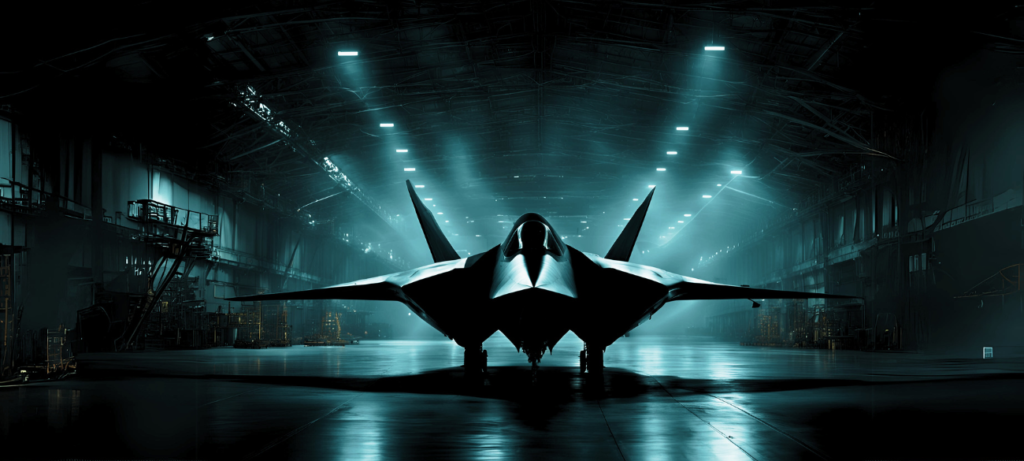In the future threat environment, air superiority will be challenged by rapid advancements in weapons systems and automation. Traditional approaches to the design of air power are becoming obsolete, and necessitate a shift toward low-footprint “kill webs” that promise enhanced agility. Non-kinetic capabilities, particularly electronic warfare and AI-enabled multi-domain integration, will prove decsivie for air forces to outmaneuver adversaries in future warfare.
Information Superiority
The new American joint warfighting concept intends to optimize the synergy of effects that accrues from operating in an integrated fashion across all domains and the electromagnetic spectrum. To be successful, a new battle command architecture and command and control (C2) paradigm that enables automatic linking and the transfer of data securely, reliably, and seamlessly is essential.

David A. Deptula, Lieutenant General (Ret.), United States Air Force, Dean, Mitchell Institute of Aerospace Studies, United States
The Joint Force has experienced rapidly changing circumstances in the information warfare (IW) environment. The objective of achieving dominance poses new and complex challenges in an emerging environment of hyper-connectivity that spans the physical and virtual domains. IW must become embedded in all activities from the onset of planning—not ‘added on’ at the end or planned in isolation.

Dr. Edwin “Leigh” Armistead, Chief Editor, Journal of Information Warfare, United States
- Cyber, Future Warfare, IW, MDO
Information warfare has tended to refer to cognitive aspects, but emerging discussions focus on the ‘convergence’ of electronic warfare and cyberspace in what is known as cyber electromagnetic activities. A hyper-connected battlespace may increase the attack surface for information warfare across the physical, electromagnetic, cyberspace, and cognitive domains.

Dr. Brett van Niekerk, Senior Lecturer, University of KwaZulu-Natal, South Africa
AI has well-known problems in that it can be fooled, cannot transfer knowledge gained in one task to another, and is entirely reliant on data for its performance. Although AI will significantly change decision-making in air warfare, not all air forces will use the same technology in the same way – even in the narrow area of decision-making.





